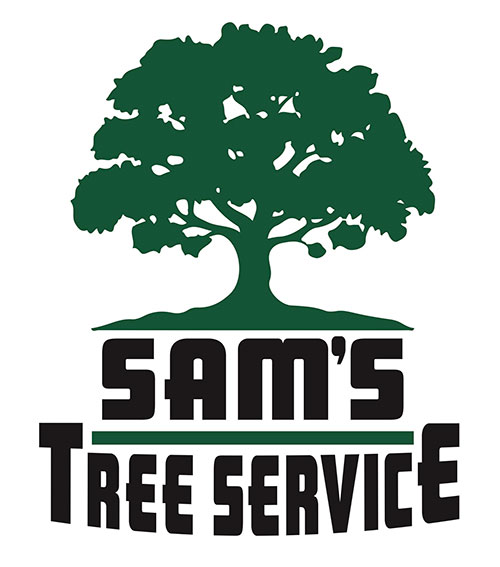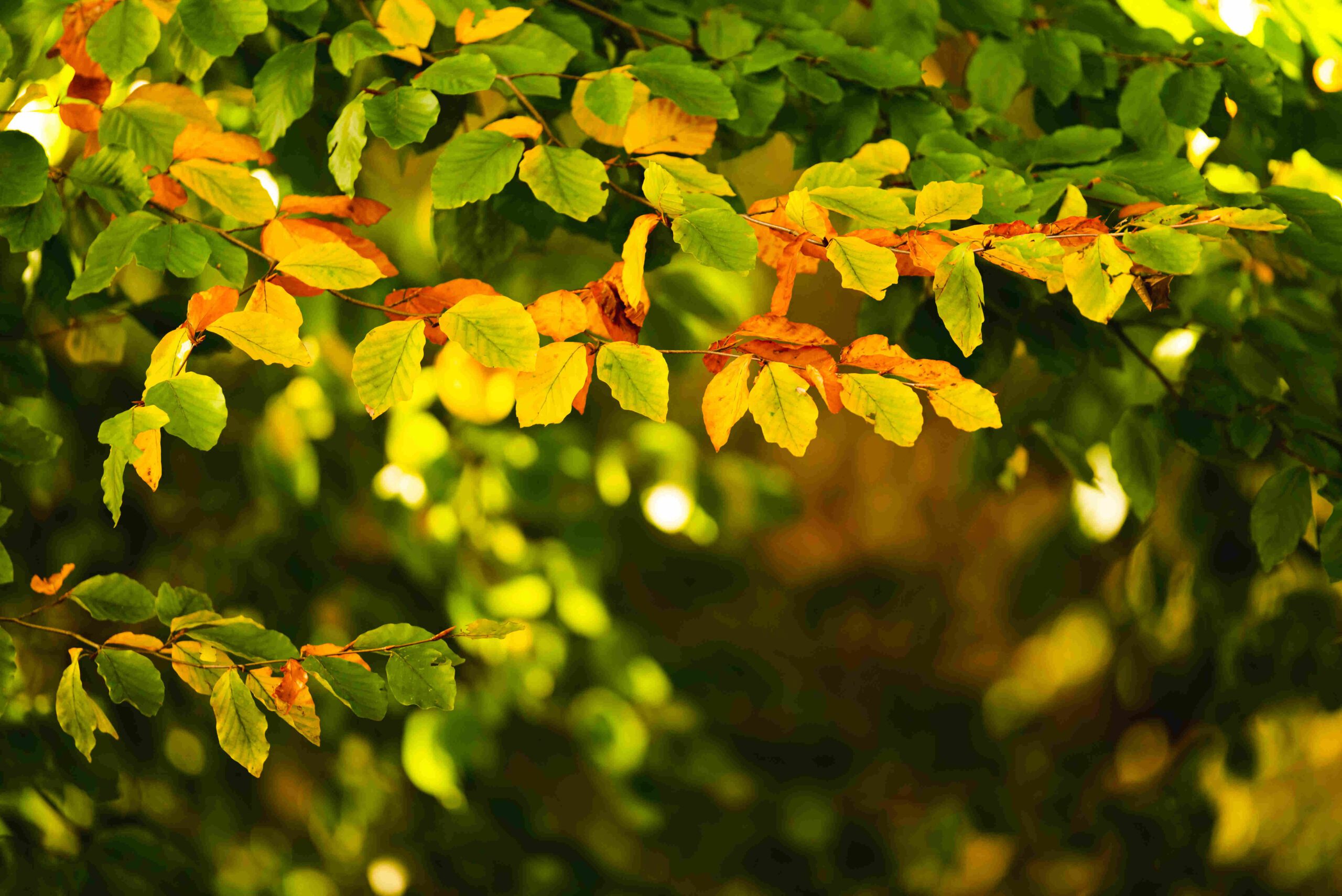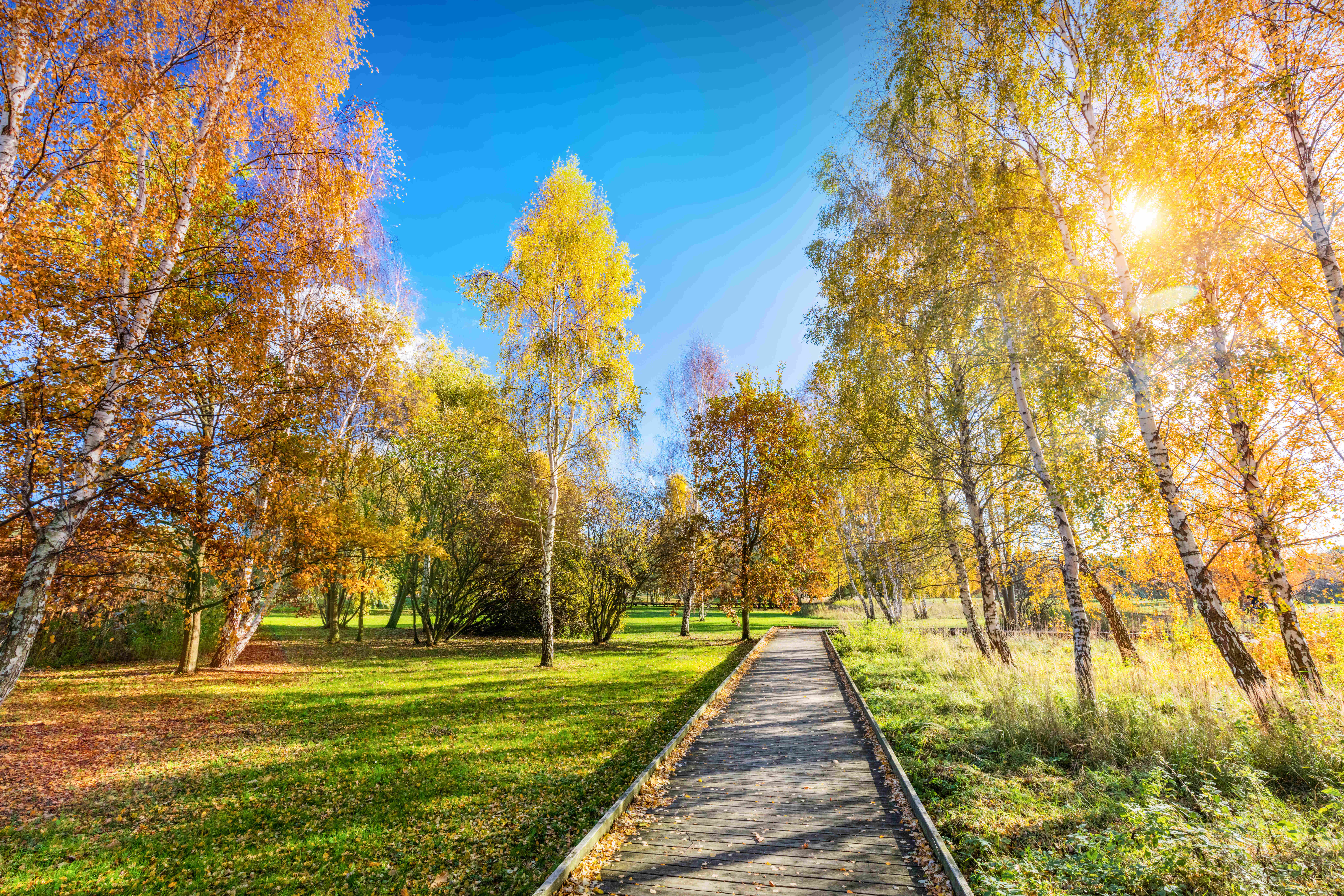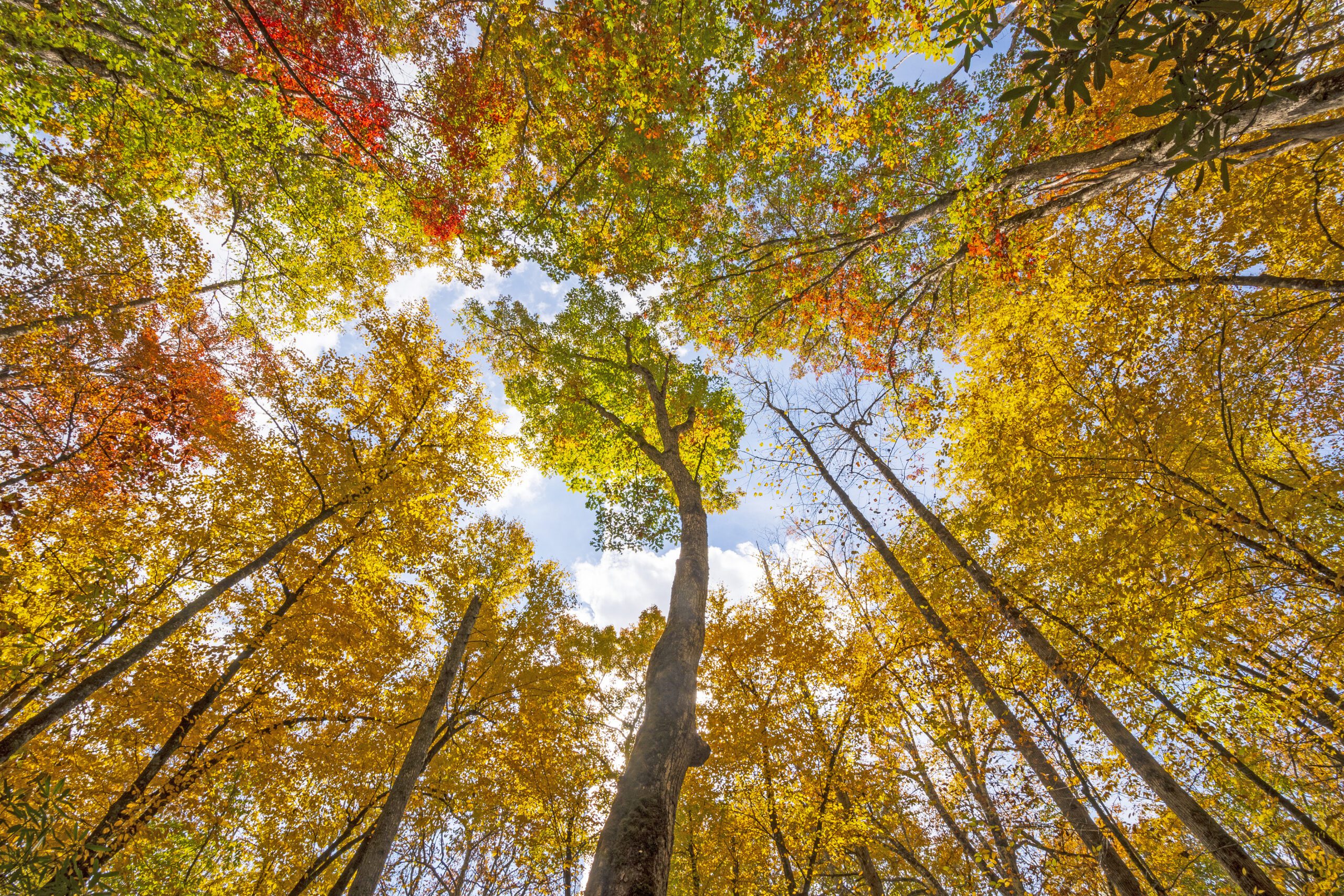Does anybody have to worry about cleaning up when a tree falls in a forest when no one is around? It is a question for the ages, but a more essential and immediate one for many homeowners is what happens if the same tree branches falls on the house.
1. Everyone Should Leave The Building
The well-being of your loved ones should always come first in an emergency, such as a tree falling on your home. Prepare for the possibility of such a situation by developing an evacuation strategy. This implies that everyone in your family knows the best escape routes and where to meet up in an emergency.
Be prepared for the unexpected by always having a set of emergency supplies at the ready. These may contain vital supplies, including a first aid kit, required medicine, additional clothing, vehicle keys, copies of crucial papers, battery and flashlight, and some cash.
2. Document Everything
No matter what sort of damage, huge or little, get decent photographs and video as soon as possible. Shoot it from some angles (as well as from inside if any damage is evident) and use the brightest light you have available (if at night). If you didn’t have access to natural light while taking the first batch of photos, make sure to take some more during daytime hours.
3. Contact The Insurance Company
The expense of clearing away the fallen trees is often covered by a homeowner’s or umbrella insurance policy. However, your compensation may be reduced if the damage was caused at least partly by the homeowner’s neglect.
For example, if a storm knocks down a healthy tree on your property, your insurance carrier will pay for part or all of the costs associated with its replacement. However, you previously knew the potentially dangerous condition and could have averted the harm. Your claim may be lowered if an old, decaying tree falls or loses limbs.
Once you report the damages to your insurance carrier, they will inform you how to continue. A roofer may be recommended or sent to swiftly cover any exposed sections or board up smashed windows to avoid future water damage.
4. Power Down Your Home
Turn off the gas and electricity if you can and if there is no imminent threat. A safety precaution may prevent a fire from igniting if fallen trees have caused damage to a gas line.
5. Cover Openings if Possible
Large tree branches that fall may smash windows, tear holes in roofs, and even bring down whole structures. Take your time dealing with damaged buildings, but try to patch up the gaps as best you can until you can make permanent repairs. If a tree has fallen onto the roof, don’t attempt to cover the opening with a tarp until first calling a professional with the proper gear.
6. Identify A Dependable Roofing Company
When it comes to something as crucial as your roof, choosing a reliable professional is imperative. In cases of widespread damage, be cautious about hiring out-of-town roofing services who may exploit residents’ desperation and defraud them. Having a prior relationship with a local, reliable local roofing contractor before you need one could help you avoid making a hasty, subpar decision.
7. Call for Assistance
Stabilize the situation as best you can before calling for assistance. The insurer and the power company need to be contacted. The utility company will send someone to ensure the services are safely turned off, and your representative will advise you on how to continue calling in-house specialists.
Conclusion
When a tree falls on your home, it may be very difficult to cope with the stress and anxiety that follows. This is why familiarizing yourself with your homeowner’s insurance coverage before a calamity occurs is of the utmost importance.




